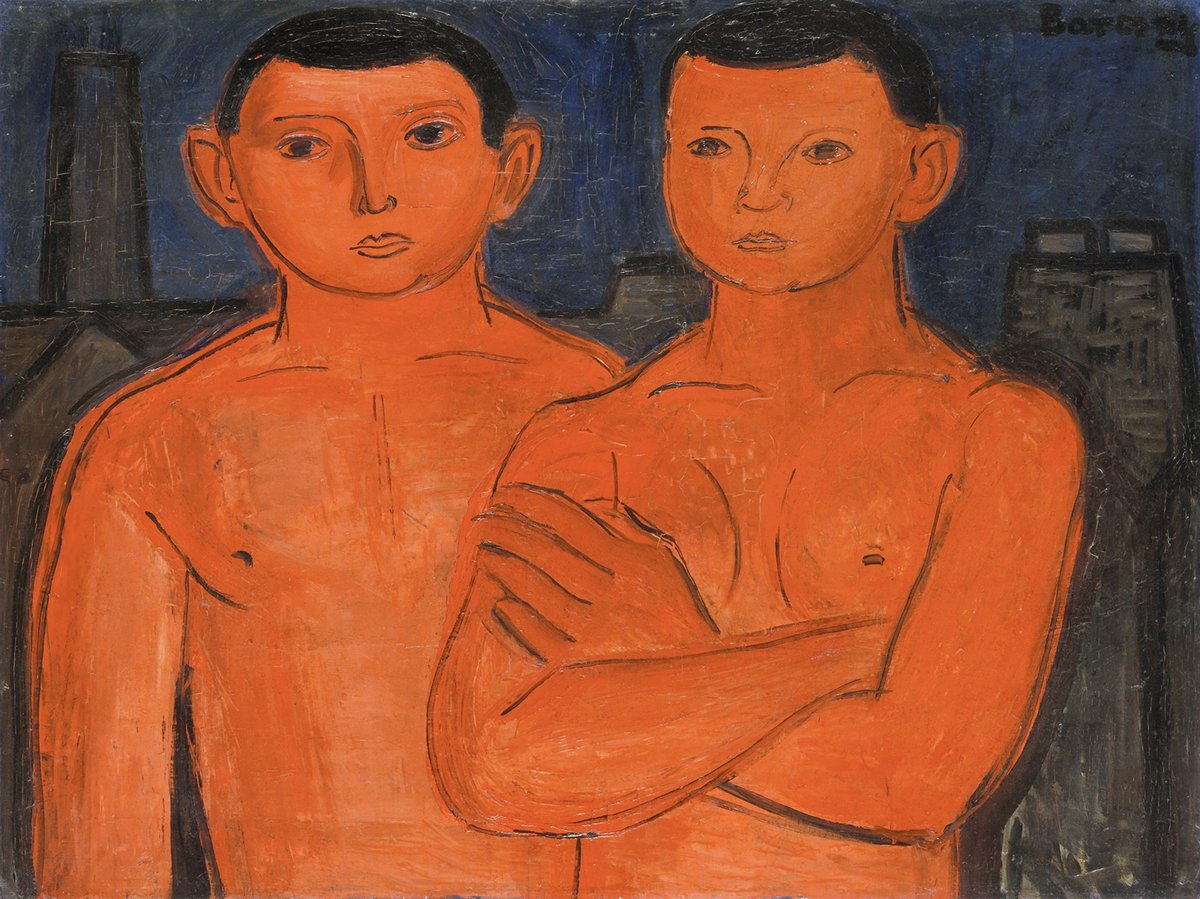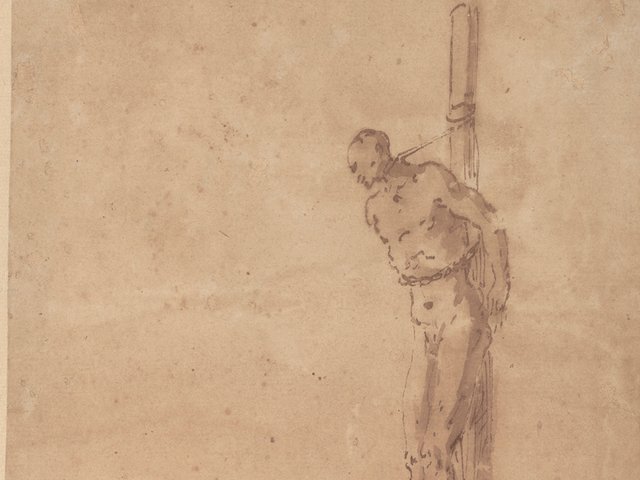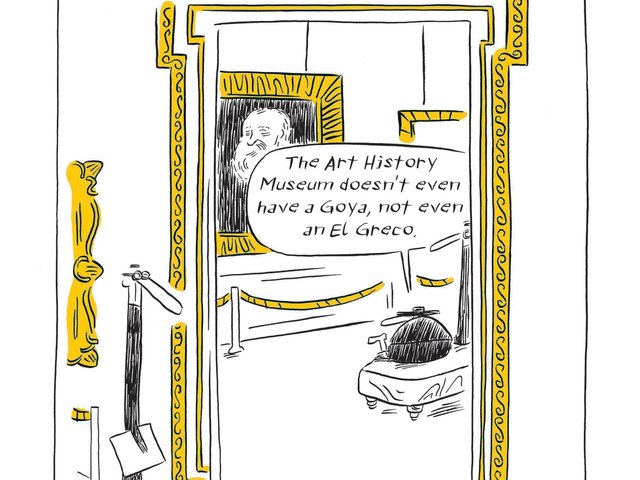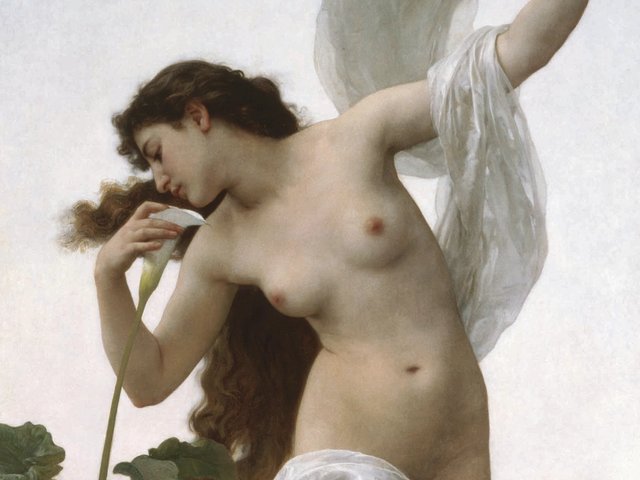The dismemberment of the multicultural, cosmopolitan Austro-Hungarian Empire and the influenza pandemic in 1918 felled the protean giants of the Viennese succesion and their world. With the deaths of Klimt, Schiele, Otto Wagner and Kolomon Moser, it has been thought that their creative energy came to a halt or mutated into other areas, such as the Bauhaus. This book charts a new trajectory in the art and artists of the successor states of the Empire entre deux guerres, as can be seen in the Hungarian painter Jenő Barcsay‘s, Rote Jungen (Arbeiter, around 1928)—an adaptation and expansion of Expressionism. Much of this has not been explored except by specialists and this book will serve to alert a wider audience to the considerable riches of the Secession's afterlife.
- Alexander Klee and Stella Rollig, eds, Beyond Klimt: New Horizons in Central Europe, Hirmer Publishers, 392pp, €45 (hb)






